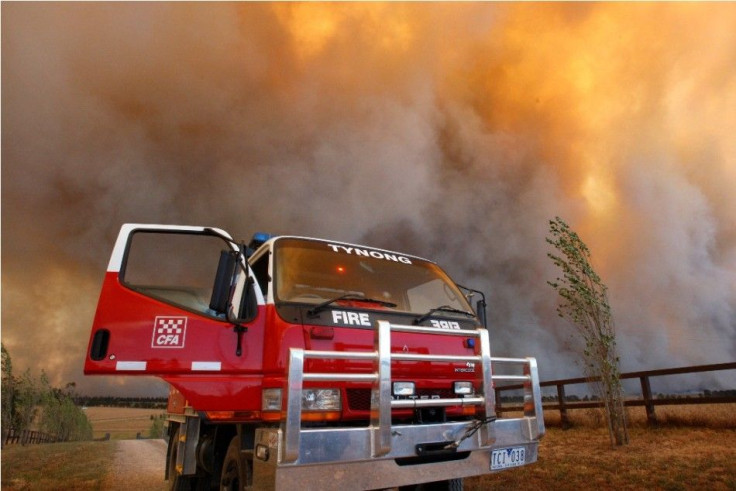One killed in Melbourne Plane Crash

The light plane, possibly home-made, crashed a couple of houses in Melbourne's south-east as well. A woman, who was present in the house when the crash happened, was injured. According to Victoria Police, the plane caught fire on impact as it hit the house. It also damaged a couple of vehicles. The impact caused huge black smoke and a massive burst of flames. Victoria Police confirmed the death of the pilot at a press conference. Herald Sun reported that Chelsea SES had described the scene as an "absolute mess." SES spokesman Phil Wall said that people were everywhere as nobody could move through the streets. There were several emergency vehicles as well. Wall said that the debris had gone up from The Strand to the Camp St laneway right through to The Avenue.
The Country Fire Authority earlier said that it had received a public call at 1:30 in the afternoon. The call apparently reported about a light plane crashing into the houses. At least four fire trucks were sent to control the scene, which was achieved by 1:50pm. According to the CFA, the plane clipped the front of one house during the crash. The house was damaged as there was a small fire which was later out.
The male pilot, who was killed in the crash, was reportedly the only person on the plane. 9News reported that the light plane's engine might have stalled. Police spokeswoman Inspector Janine Denton said that the light aircraft was believed to be home-made. She also said that the woman who was present in the house during crash was being treated for shock and minor injuries.
According to one of the witnesses, the pilot tried to make an emergency landing. It is speculated that the engine trouble may have forced the pilot to try to do so. However, the plane "nose-dived" into the house. One eye-witness said that nothing could be seen because of the intensity of the smoke and the flames. Another witness said that the plane made strange noises as it flew low in the sky, which indicated a problem in the engine.
Contact the writer: s.mukhopadhyay@ibtimes.com.au





















